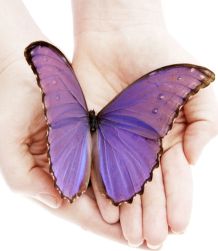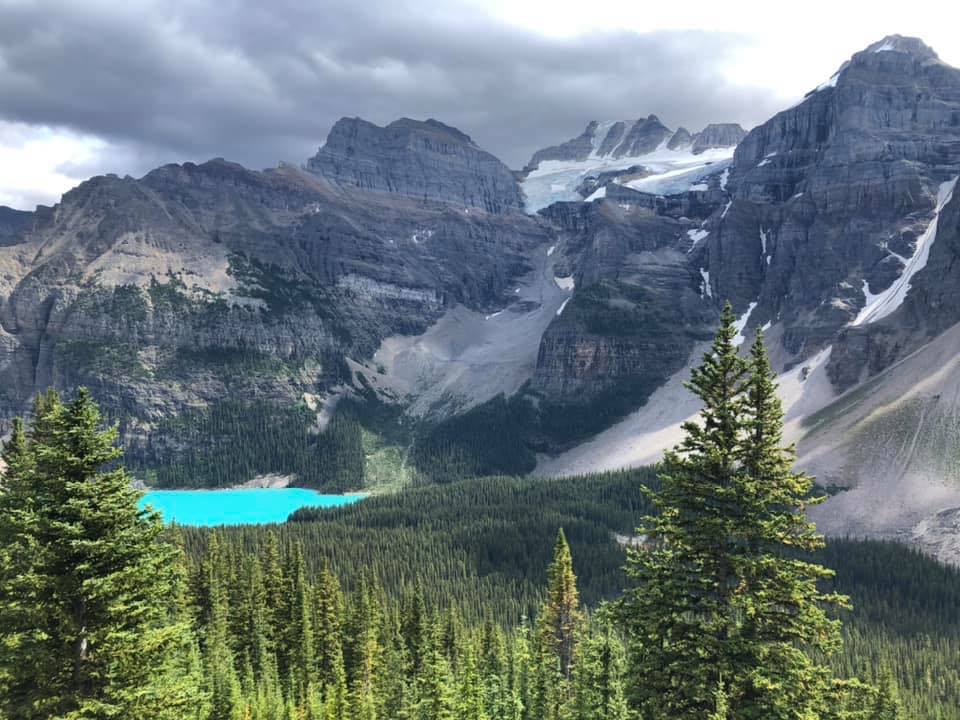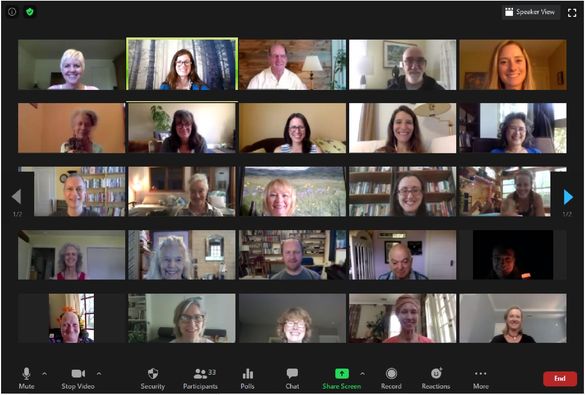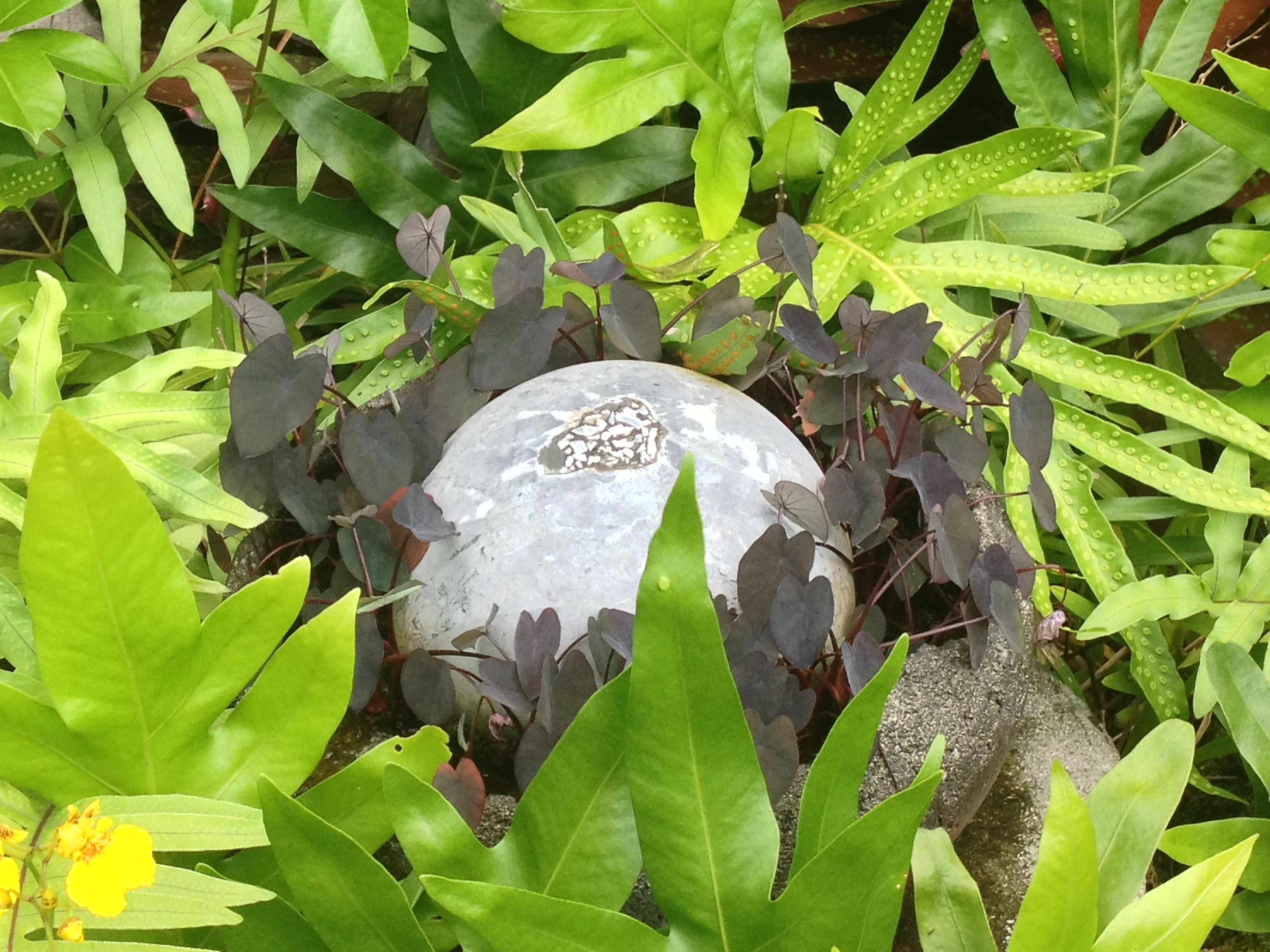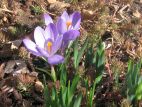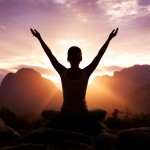My most influential teacher (slightly edited from original posted on Sept 30, 2021)
David was my teacher from 1998, quietly there whenever I decided to practice with him.
His dear friend and collaborator, Anita Sielecki, kept some of us informed as he recovered from June’s open-heart surgery for problematic valves and other issues surgeons discovered during the procedure. He hadn’t been sleeping well when I saw him at the beginning of an on-line gentle yoga and meditation retreat he co-led with Kavindu Alejandro Velasco in July. Lo and behold, two days into the retreat, he was sleeping normally again! it seems that sharing yoga sustained him. Or rather, sharing yoga, his lovely wife, Tu, and riding his bicycle, which he had resumed ardently.
As a matter of fact, David led an in-person retreat in Edmonton just this past weekend. For a variety of reasons I didn’t attend. However, I imagined the practice room and my long-time yoga friends many times over the course of those days. Even now I hear the words, see the movements, feel the energy of being there. I probably had been on seventy to eighty different retreats and workshops with David over the time I knew him. Osmosis happens. I can’t help but be informed and influenced by his simple presence.
There’s much to be said about this man who , while not a saint, was remarkable in so many ways. A couple of years ago the YAA asked me to write an article about David. Here’s a link to The Bridge; the article starts on pg 29.
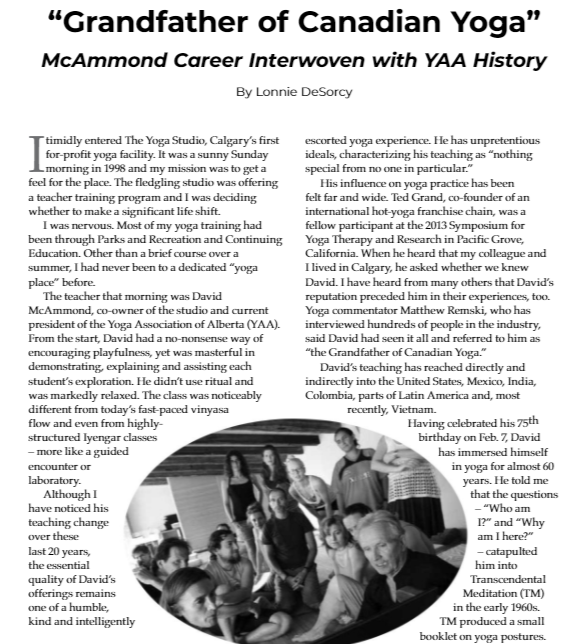
Although I know in my bones that David’s passing marks a time of huge transition, I am not sad. I feel satisfied with the time I spent with him and believe that he shared what he was meant to share in all the right ways and places.
Jai! Om shanti, teacher.


